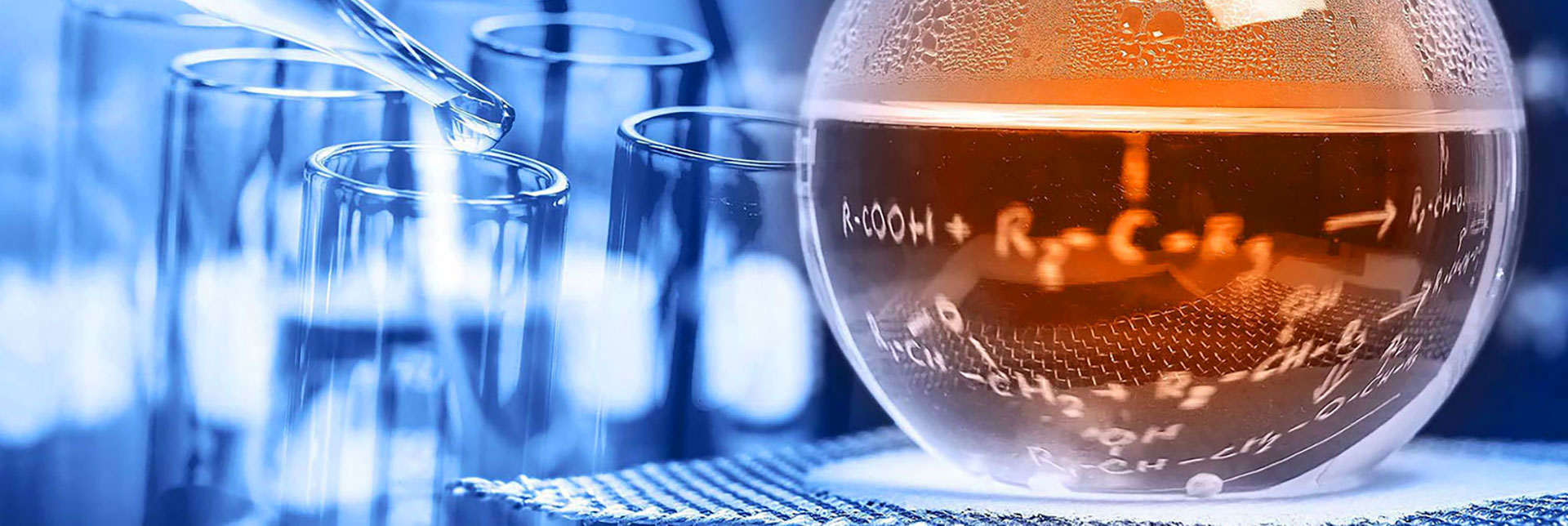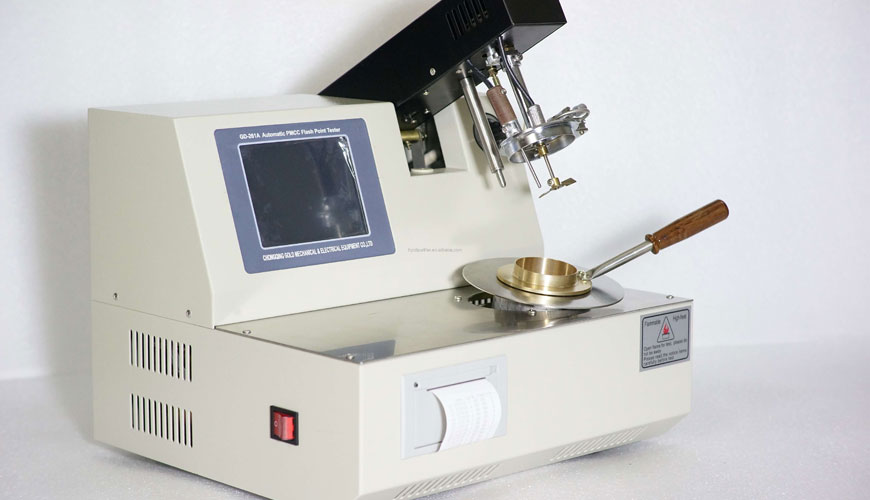

This International Standard covers A, B and C, using the Pensky-Martens closed cup tester for determination of the flash point of flammable liquids, liquids containing suspended solids, liquids that tend to form a surface film under test conditions, and other liquids in the temperature range of 40° to 370°C. C defines three procedures.

No flash points are observed as defined for certain mixtures; instead, a significant expansion of the test flame (not the halo effect) and a change in color of the test flame from blue to yellowish-orange may occur. Continuous heating can cause significant vapor combustion outside of the test vessel and can be a potential fire hazard.
Procedure A applies to distilled fuels (diesel, biodiesel blends, heating oil and turbine fuels), new and in-use lubricating oils, paints and varnishes, and other homogeneous fluids not covered by procedures B or C.
Procedure B applies to residual fuel oils, cut-off residues, spent lubricating oils, mixtures of liquids with solids, liquids that tend to form a surface film under test conditions or have such a kinematic viscosity that they are not heated uniformly under mixing and heating. Conditions of procedure A
Procedure C can be applied to fatty acid methyl esters (FAME) as specified in specifications such as EN 14214 or ASTM D6751.
This International Standard does not apply to water-based paints and varnishes.
The test portion is placed in the test vessel with a Pensky-Martens apparatus and heated to give a constant temperature rise with continuous stirring. An ignition source is directed through an opening in the test vessel lid at regular temperature ranges with simultaneous cessation of mixing. The lowest temperature at which application of the ignition source causes vapor of the test piece to ignite and propagate a flame over the surface of the liquid is recorded as the flash point at absolute barometric pressure. This temperature is corrected from standard atmospheric pressure using a specific formula.
Among the services provided by our organization within the framework of material testing services, there are also EN EN ISO 2719 standard tests.
To get an appointment, to get more detailed information or to request an evaluation, you can ask us to fill in our form and reach you.